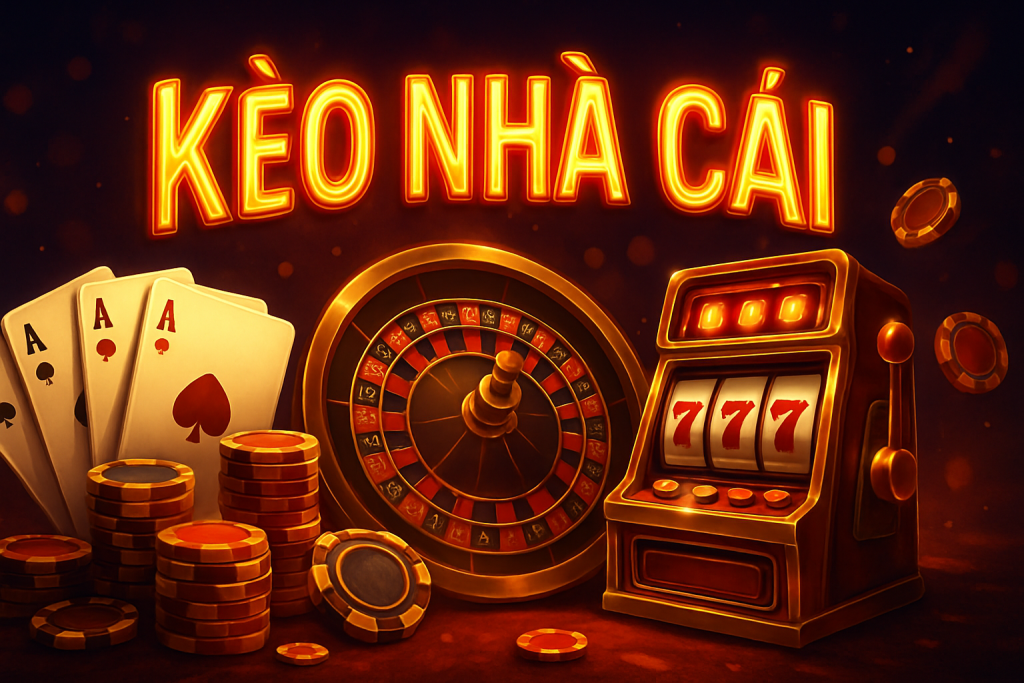
Casino games are not just built for entertainment—they are designed using deep psychological principles to keep players engaged and coming back for more. From the sounds and visuals to reward mechanisms every element is crafted with purpose. If you are curious about the science behind your favorite games and want to explore safe and reliable platforms tỷ lệ kèo offers a great starting point for discovering trustworthy options.
One of the most powerful psychological tools used in casino design is the concept of variable rewards. Unlike predictable rewards which occur at regular intervals variable rewards are delivered at random. This unpredictability triggers excitement and keeps players spinning or betting in anticipation of the next big win. Slot machines are a perfect example of this principle in action.
Sound effects also play a major role. The familiar chimes flashing lights and celebratory music when you win are carefully engineered to create feelings of success even when the actual payout is small. These effects activate the brain’s reward system making you feel good and encouraging continued play.
Game designers also use loss framing to manipulate how outcomes are perceived. Instead of showing a complete loss near misses are emphasized. For instance a slot machine that stops just one symbol away from a jackpot gives the impression that you were close to winning. This creates the illusion of control and pushes you to try again.
Color and design contribute to emotional responses as well. Bright colors like red and gold are often associated with excitement luck and wealth. Casinos use these themes across their websites and games to create a sense of urgency and possibility. These visual cues are not accidental—they are chosen based on studies of human behavior.
Another tactic is time distortion. Casino environments are often designed to make players lose track of time. Online platforms mimic this by offering seamless transitions between games no clocks and constant gameplay. Without natural breaks or distractions players are more likely to play longer than they intended.
Many games also incorporate streaks and multipliers which create a sense of momentum. When a player wins several times in a row or hits a bonus round the brain releases dopamine a chemical that reinforces behavior. These hot streaks even when random feel meaningful and influence decisions to keep playing.
Gamification has become increasingly common in online casinos. Features like achievement badges daily missions progress bars and loyalty levels add layers of goals and rewards. These mechanics keep players engaged by offering structure and progress beyond simple wins and losses.
Peer influence is another subtle psychological factor. Live dealer games and multiplayer poker rooms allow users to observe others play chat and sometimes even celebrate wins. Seeing others succeed can create a fear of missing out and drive players to participate more actively.
Importantly responsible casinos use some of these psychological tools to promote safe gaming. They may include reminders about time spent pop-ups about losses and tools to set deposit or play limits. These features are meant to protect players from harmful habits while still allowing enjoyment.
Understanding the psychology behind game design gives players more control over their behavior. It helps identify when decisions are being driven by emotion rather than logic. The more aware you are of how games are structured the better you can navigate them without falling into harmful patterns.
In conclusion casino game design blends art science and psychology to create immersive experiences. While these designs can be engaging and fun they can also influence decisions in powerful ways. Recognizing the techniques at work allows you to enjoy games more responsibly and make informed choices every time you play.